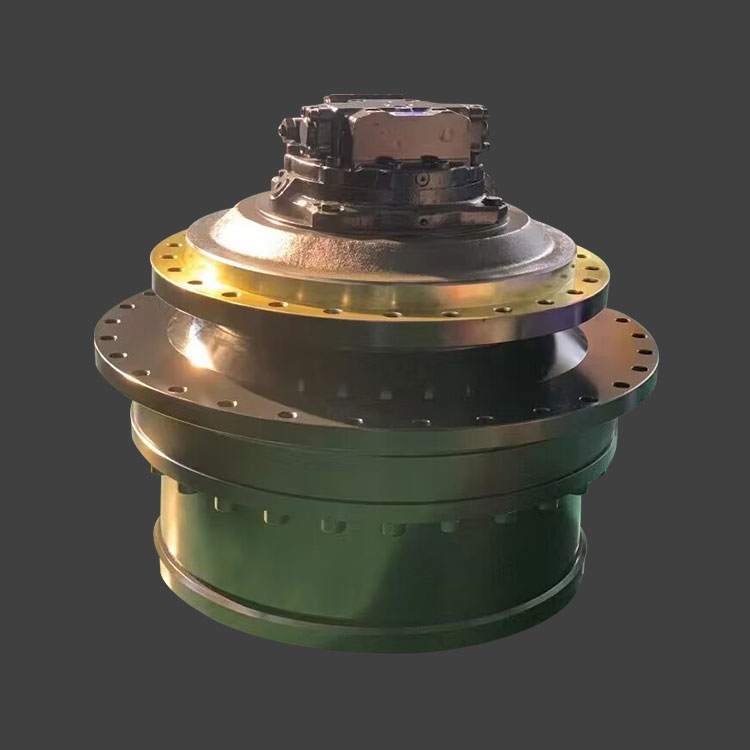Unveiling the Engineering Magic: The Working Principle of a Travel Motor
2023-11-08
Introduction
Travel motors, often referred to as final drives or track drives, are an integral part of heavy machinery and vehicles, providing the locomotion required to move tons of equipment or navigate challenging terrains. But how do these seemingly unassuming components function, and what is their working principle? In this blog, we will delve into the fascinating world of travel motors and unravel their engineering magic.
The Basics: What Is a Travel Motor?
A travel motor is a critical component in tracked vehicles and machinery, such as excavators, bulldozers, and even electric vehicles. Its primary purpose is to convert power into motion, allowing the vehicle or equipment to move forward or backward. The travel motor is typically responsible for the rotation of the vehicle's wheels, tracks, or other drive mechanisms.
The Working Principle of a Travel Motor
The working principle of a travel motor is fundamentally straightforward, though the specific design may vary based on the type (hydraulic or electric) and application. Here's a general overview of the operation:
1. Power Generation:
- In hydraulic travel motors, power generation begins with a hydraulic pump. The pump pressurizes hydraulic fluid (usually oil) to create a high-pressure supply of fluid.
- In electric travel motors, the source of power is electricity supplied to an electric motor.
2. Transmission of Power:
- The generated power is then transmitted to the travel motor. In hydraulic systems, the pressurized hydraulic fluid is directed to the motor, while in electric systems, electricity is supplied directly to the motor.
3. Rotation of Internal Components:
- Inside the travel motor, there are various components that facilitate the conversion of power into motion. These may include gears, shafts, and other mechanisms.
- As power is supplied, these internal components begin to rotate. In hydraulic motors, the rotation is typically created by the flow of hydraulic fluid acting on a rotor. In electric motors, the rotation is achieved by applying voltage to the motor's coils.
4. Movement of Wheels or Tracks:
- The rotational movement generated within the travel motor is transferred to the vehicle's wheels, tracks, or drive mechanism.
- This movement propels the vehicle forward or backward, depending on the direction of rotation and the power distribution.
5. Directional Control:
- To control the direction of movement, operators can manipulate the flow of hydraulic fluid or the voltage supplied to the electric motor.
- By adjusting the power distribution to the travel motors on each side of the vehicle, operators can steer and maneuver the vehicle as needed.
The precision and smoothness of the travel motor's operation are critical, as any imbalance or misalignment can affect the vehicle's control and safety.
Conclusion
In essence, the working principle of a travel motor is rooted in the conversion of power into rotational movement, which, in turn, propels heavy machinery and vehicles. Whether hydraulic or electric, these motors play a pivotal role in ensuring efficient and controlled movement across diverse terrains. Understanding this principle is essential for those working with heavy equipment, as it provides insights into the heart of the machinery that keeps industries and construction projects on the move.



